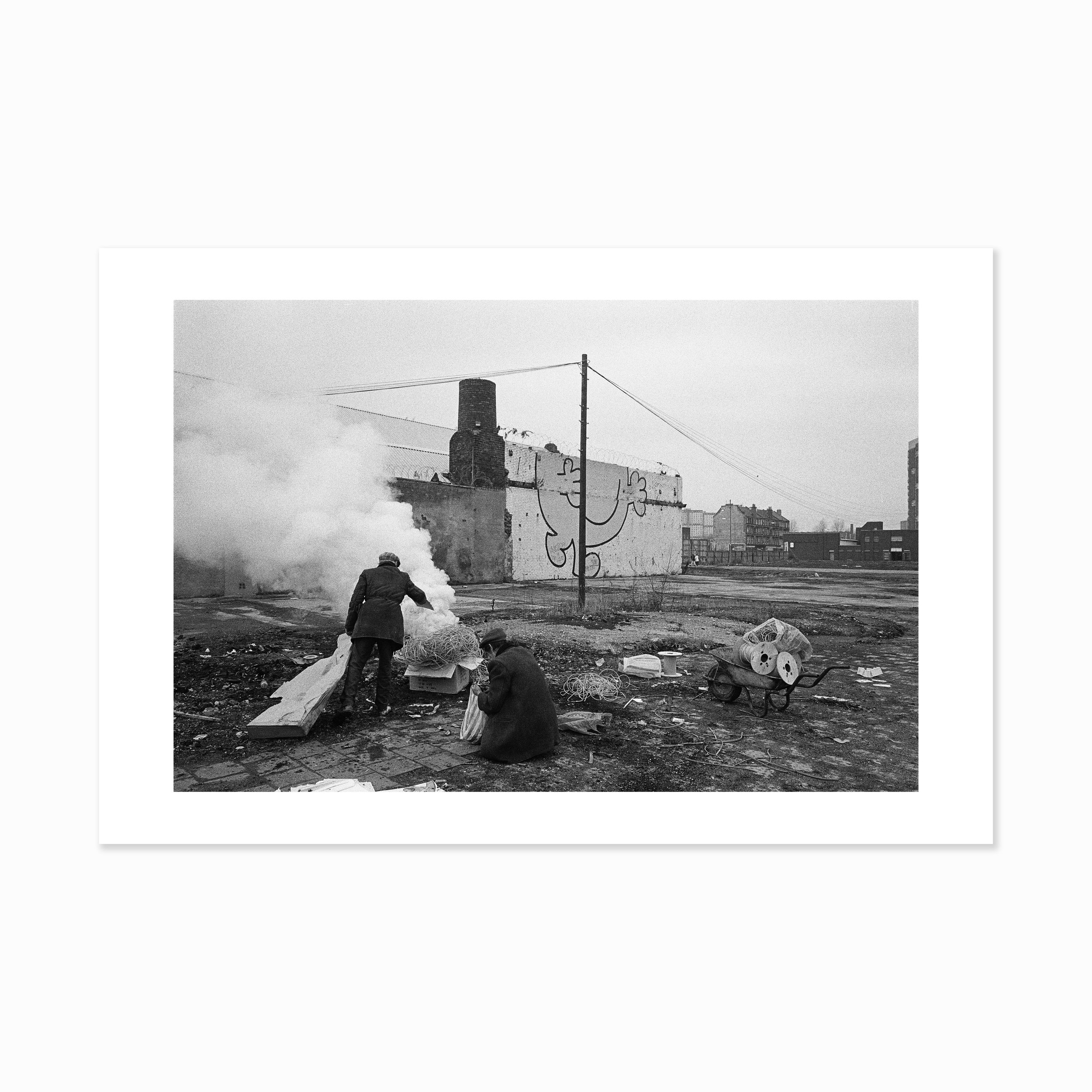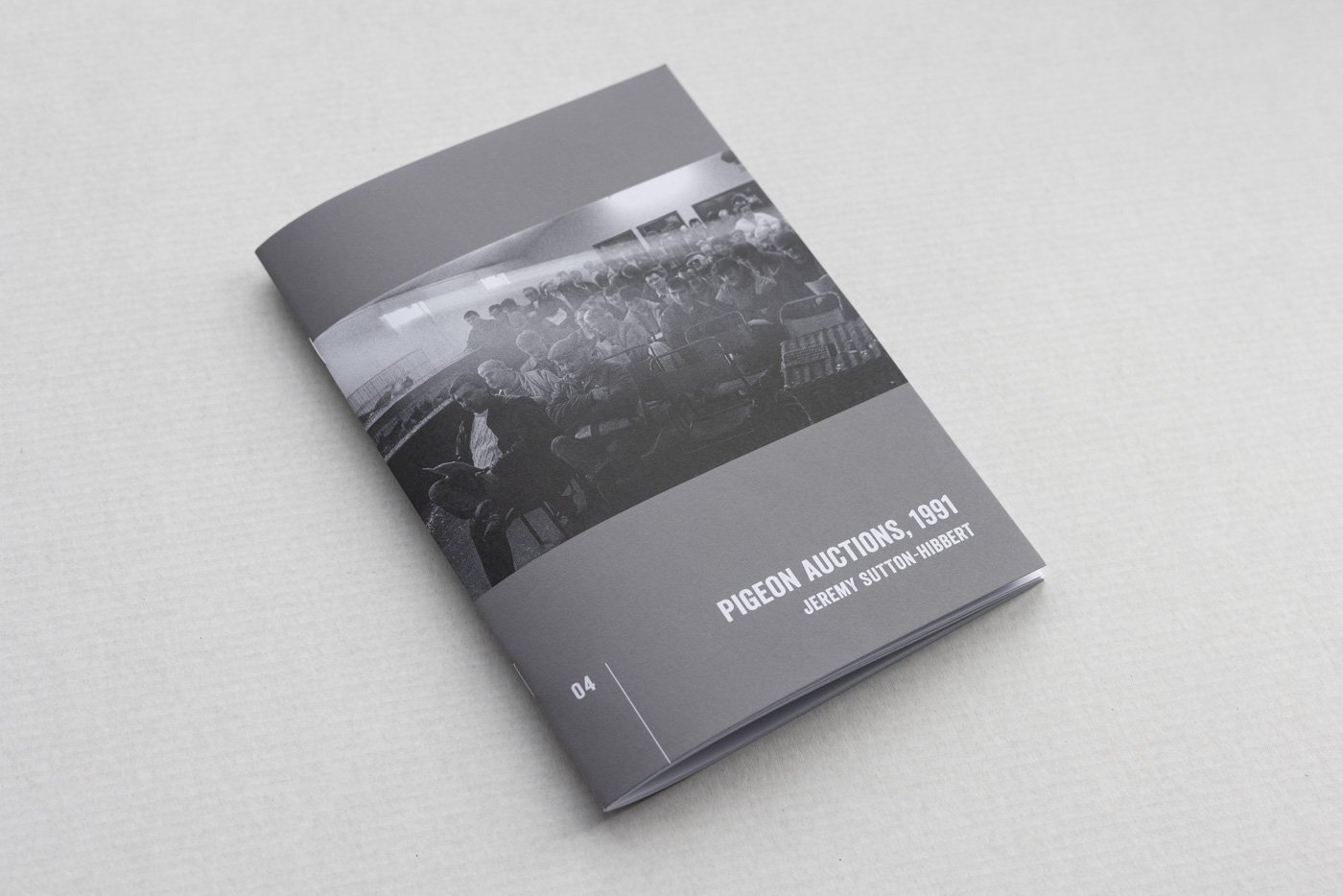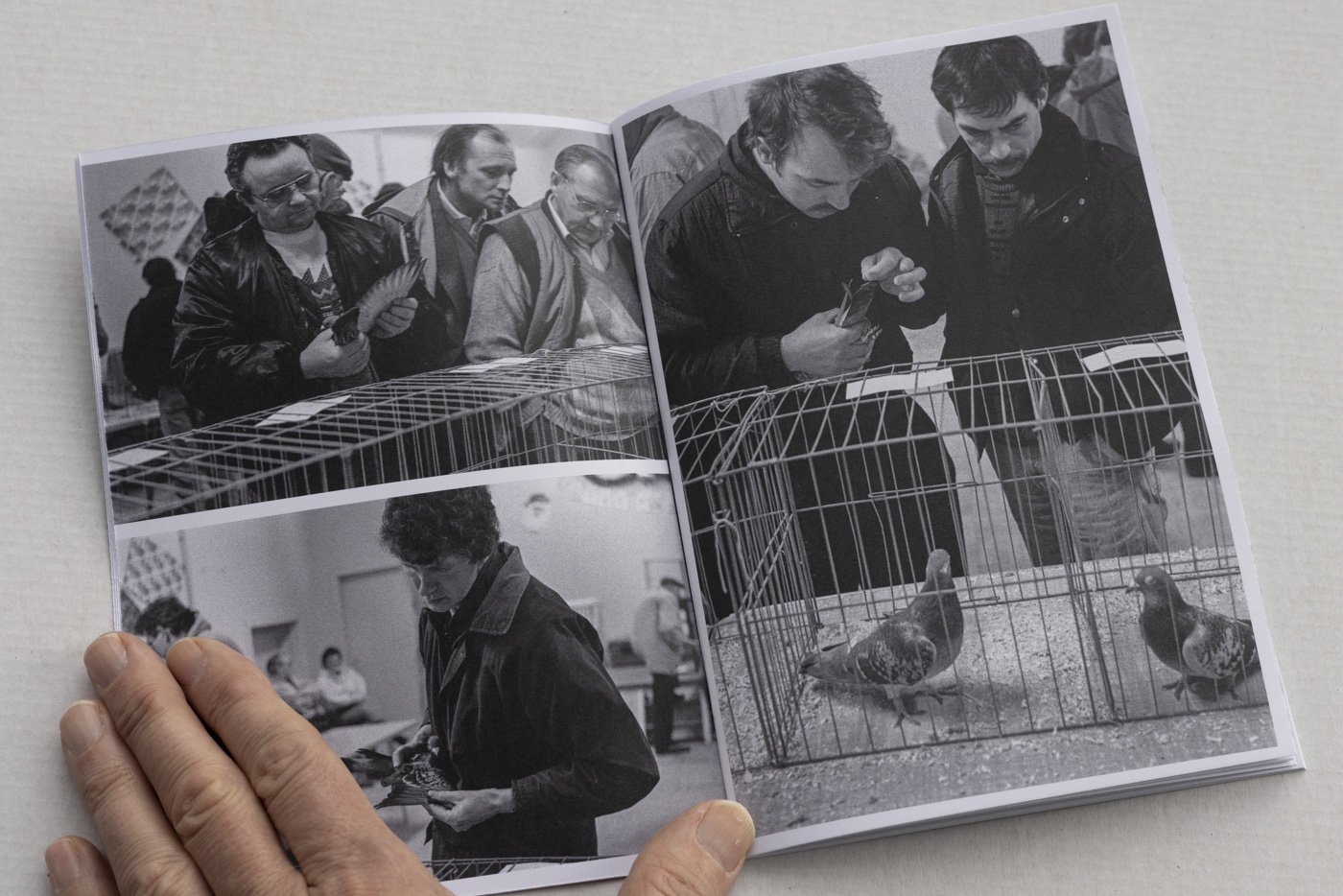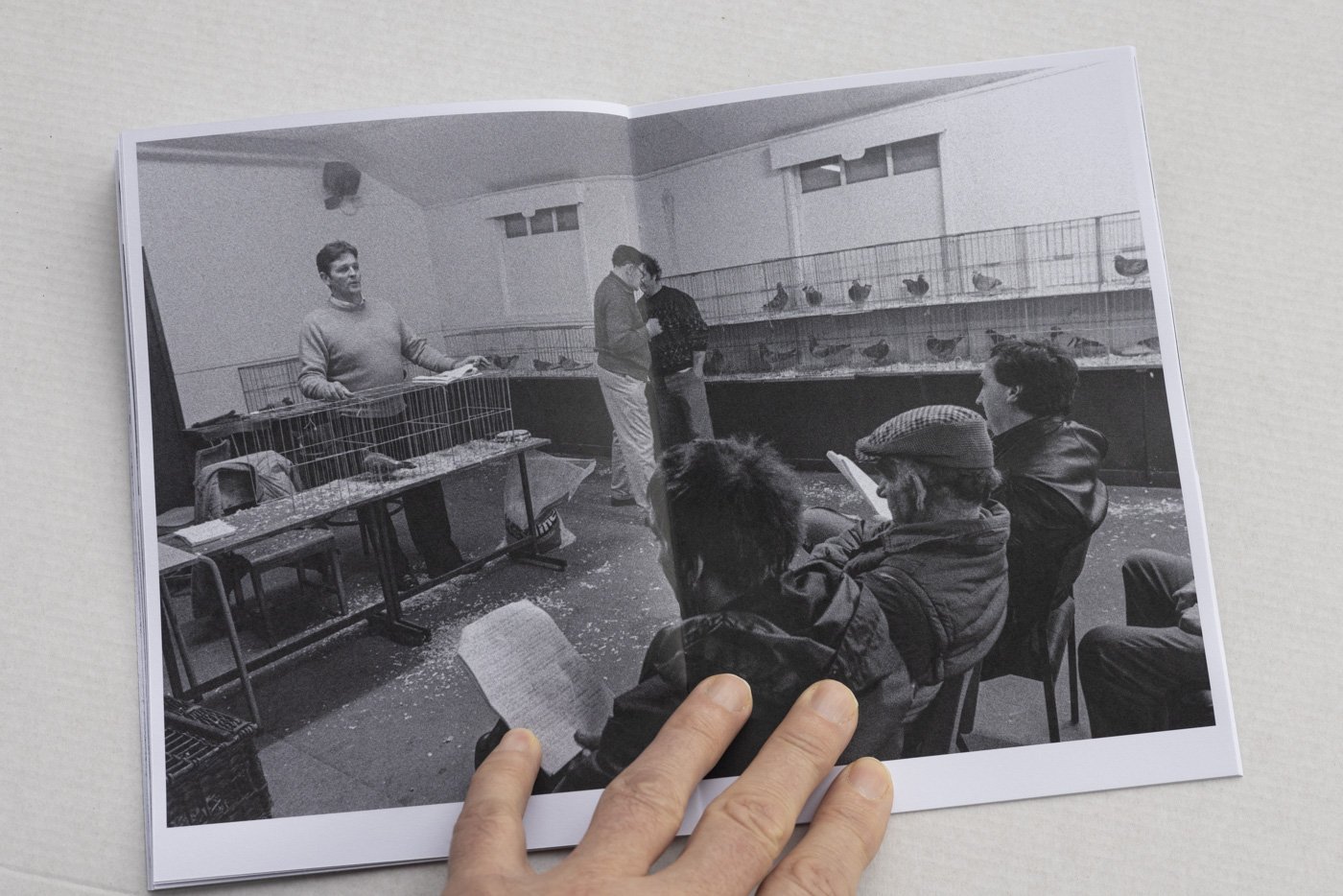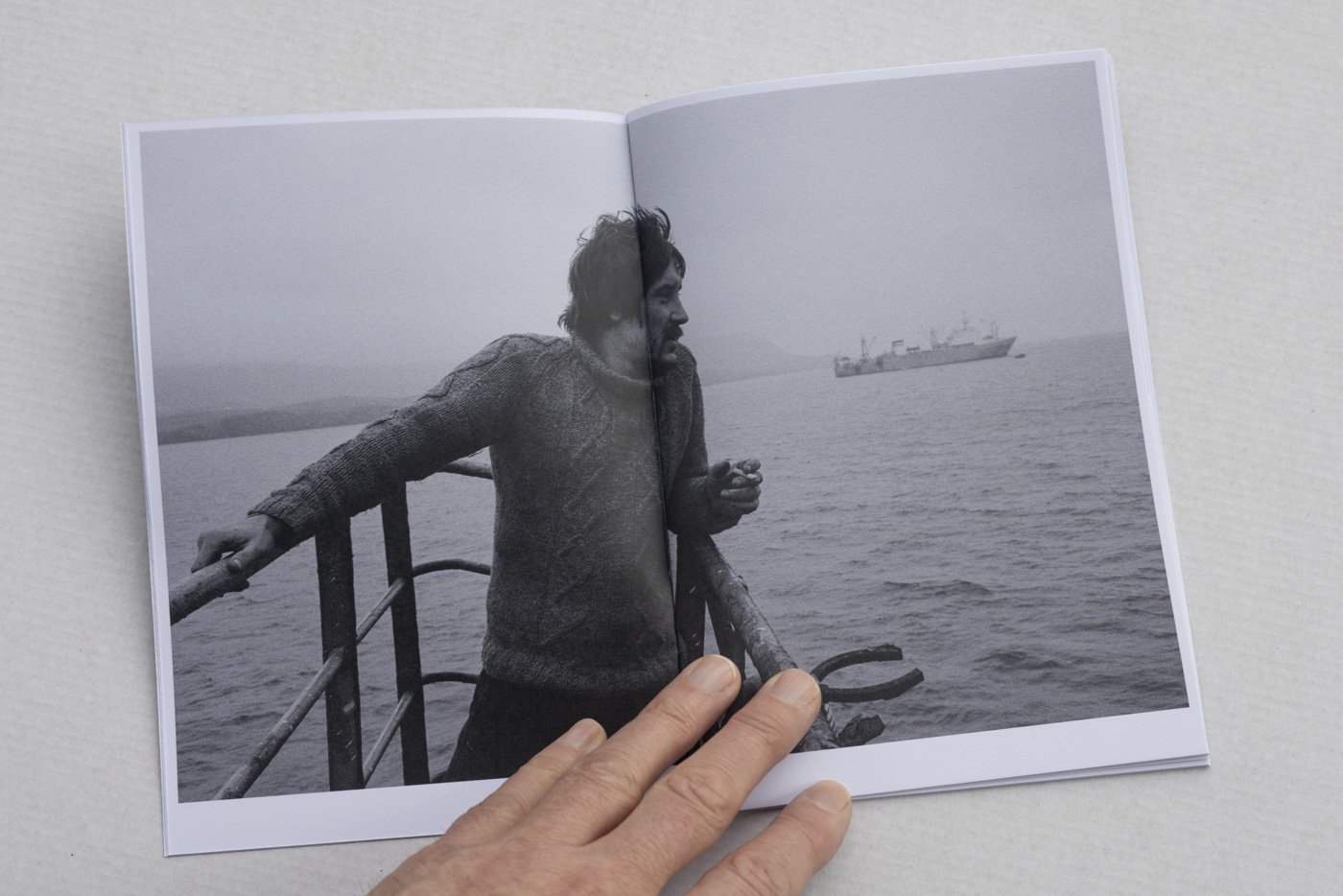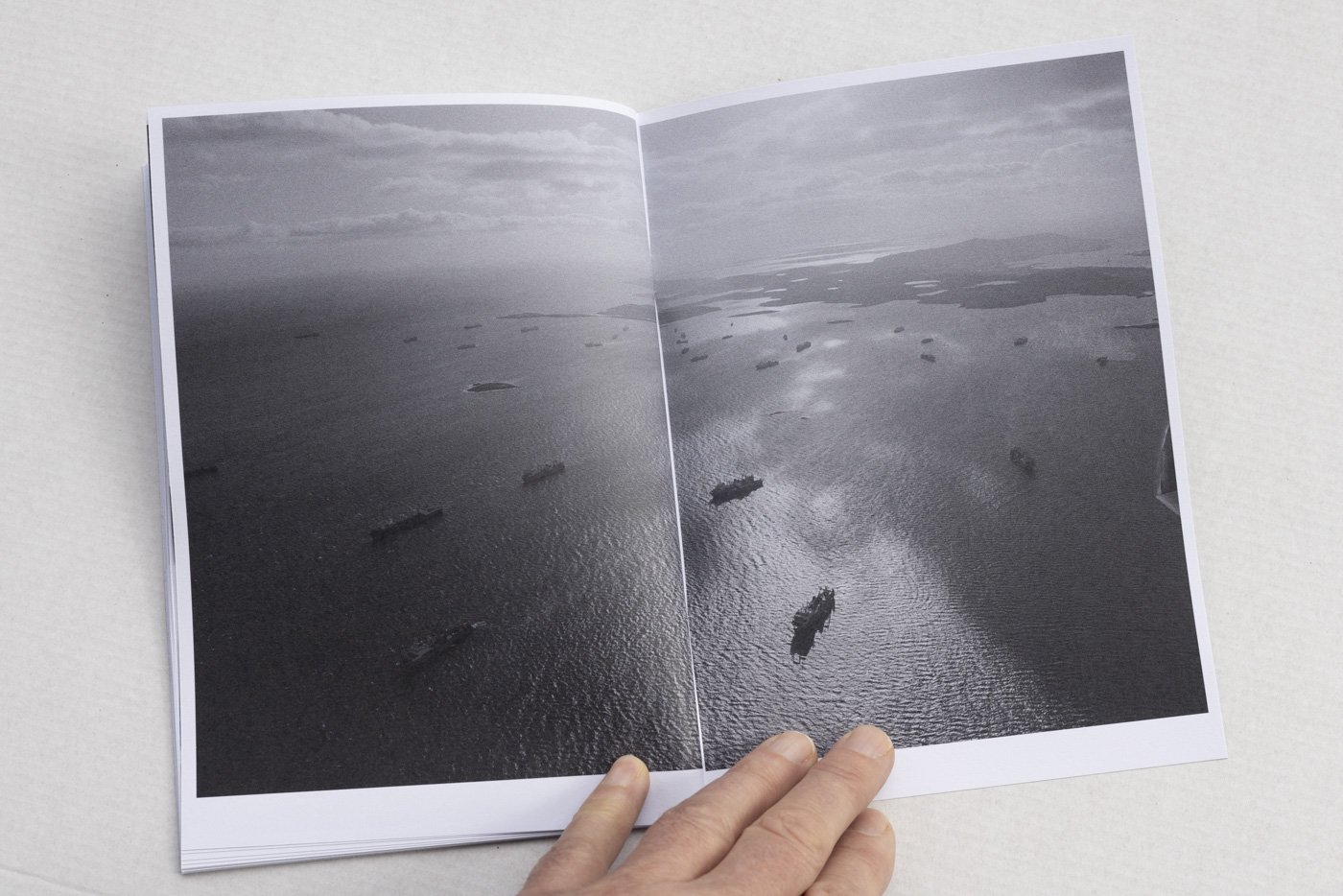Klondykers, Shetland 1994
Klondykers, East European fish factory ships, which in the early 1990’s dominated the seas and horizon off of the Shetland Isles, Scotland.
There they awaited buying up precious cargos of herring and mackerel to take back, tined or frozen, to Eastern Europe in the immediate years after the fall of Communism.
Three ships ran aground, others were detained in port, deemed unseaworthy and their owner companies refusing to bail them out.
Crews of two ships, the Aktinia and Rotalia, went unpaid and scavenged to make a living from the waste dumps of Shetland.
All the while waiting for the silver fish.
Featured ships show images from life on board the Boris Syromatnikov, from Murmansk, and the Krasnoputilovets. And the Pionersk, which ran aground on the rocks at Trebister Ness.
—
“Jeremy’s pictures capture the beginning of the end for klondykers in Shetland. By 1994, the Russian fishing companies operating old whaling factory ships and decaying trawlers were privatised and cash poor. Wages sometimes went unpaid and the vessels themselves were in poor condition; sometimes terminally so as with the wrecked Pionersk.
The shots of men scavenging old white goods at the Gremista dump, remind me of the previous decades, when dozens of Soviet ships would huddle in the Sound of Bressay, a twinking seaborne city of lights in the Shetland night. But there was always a search for stuff to take home, and for hard cash. Seemingly rotund men would turn up at shops and offices in Lerwick, gradually revealing the four or five padded shirts they were wearing for sale, trying to disguise them from the ever-lurking political commissars.
In the early 90s, there was an obsession with Lada cars, often discarded in the UK and shipped north to Lerwick for onward transport back to their country of origin aboard ship. Factory ships had decks crammed with dozens of the ‘Soviet Fiats’.
I have toasted transshipping success aboard one of the boats Jeremy has photographed here, swigging Smirnoff and eating obscure pickles. But bigger, faster local pelagic trawlers that could get better prices in Norway were already operating out of Shetland. Within a couple of years, the klondyke was over.”
- Tom Morton, Hillswick, Shetland
All prints on Hahnemühle Fine Art Pearl 285gms paper.
All prints are captioned, dated and signed on reverse, in pencil.
All prints come unframed.
The photographs are printed once ordered, and therefor will be shipped within 10 days.
Hahnemühle Pearl is a cellulose-based fine art inkjet paper with a textured surface and a smooth touch finish. This bright white paper has a specialist coating that produces a pearlgloss finish, providing depth and detail to both colour and black-and-white photography.
Hahnemühle paper
285gsm thickness
White pearl finish
Images are slightly smaller than the dimensions given below, allowing a white border for ease of framing.
Klondykers, East European fish factory ships, which in the early 1990’s dominated the seas and horizon off of the Shetland Isles, Scotland.
There they awaited buying up precious cargos of herring and mackerel to take back, tined or frozen, to Eastern Europe in the immediate years after the fall of Communism.
Three ships ran aground, others were detained in port, deemed unseaworthy and their owner companies refusing to bail them out.
Crews of two ships, the Aktinia and Rotalia, went unpaid and scavenged to make a living from the waste dumps of Shetland.
All the while waiting for the silver fish.
Featured ships show images from life on board the Boris Syromatnikov, from Murmansk, and the Krasnoputilovets. And the Pionersk, which ran aground on the rocks at Trebister Ness.
—
“Jeremy’s pictures capture the beginning of the end for klondykers in Shetland. By 1994, the Russian fishing companies operating old whaling factory ships and decaying trawlers were privatised and cash poor. Wages sometimes went unpaid and the vessels themselves were in poor condition; sometimes terminally so as with the wrecked Pionersk.
The shots of men scavenging old white goods at the Gremista dump, remind me of the previous decades, when dozens of Soviet ships would huddle in the Sound of Bressay, a twinking seaborne city of lights in the Shetland night. But there was always a search for stuff to take home, and for hard cash. Seemingly rotund men would turn up at shops and offices in Lerwick, gradually revealing the four or five padded shirts they were wearing for sale, trying to disguise them from the ever-lurking political commissars.
In the early 90s, there was an obsession with Lada cars, often discarded in the UK and shipped north to Lerwick for onward transport back to their country of origin aboard ship. Factory ships had decks crammed with dozens of the ‘Soviet Fiats’.
I have toasted transshipping success aboard one of the boats Jeremy has photographed here, swigging Smirnoff and eating obscure pickles. But bigger, faster local pelagic trawlers that could get better prices in Norway were already operating out of Shetland. Within a couple of years, the klondyke was over.”
- Tom Morton, Hillswick, Shetland
All prints on Hahnemühle Fine Art Pearl 285gms paper.
All prints are captioned, dated and signed on reverse, in pencil.
All prints come unframed.
The photographs are printed once ordered, and therefor will be shipped within 10 days.
Hahnemühle Pearl is a cellulose-based fine art inkjet paper with a textured surface and a smooth touch finish. This bright white paper has a specialist coating that produces a pearlgloss finish, providing depth and detail to both colour and black-and-white photography.
Hahnemühle paper
285gsm thickness
White pearl finish
Images are slightly smaller than the dimensions given below, allowing a white border for ease of framing.
Klondykers, East European fish factory ships, which in the early 1990’s dominated the seas and horizon off of the Shetland Isles, Scotland.
There they awaited buying up precious cargos of herring and mackerel to take back, tined or frozen, to Eastern Europe in the immediate years after the fall of Communism.
Three ships ran aground, others were detained in port, deemed unseaworthy and their owner companies refusing to bail them out.
Crews of two ships, the Aktinia and Rotalia, went unpaid and scavenged to make a living from the waste dumps of Shetland.
All the while waiting for the silver fish.
Featured ships show images from life on board the Boris Syromatnikov, from Murmansk, and the Krasnoputilovets. And the Pionersk, which ran aground on the rocks at Trebister Ness.
—
“Jeremy’s pictures capture the beginning of the end for klondykers in Shetland. By 1994, the Russian fishing companies operating old whaling factory ships and decaying trawlers were privatised and cash poor. Wages sometimes went unpaid and the vessels themselves were in poor condition; sometimes terminally so as with the wrecked Pionersk.
The shots of men scavenging old white goods at the Gremista dump, remind me of the previous decades, when dozens of Soviet ships would huddle in the Sound of Bressay, a twinking seaborne city of lights in the Shetland night. But there was always a search for stuff to take home, and for hard cash. Seemingly rotund men would turn up at shops and offices in Lerwick, gradually revealing the four or five padded shirts they were wearing for sale, trying to disguise them from the ever-lurking political commissars.
In the early 90s, there was an obsession with Lada cars, often discarded in the UK and shipped north to Lerwick for onward transport back to their country of origin aboard ship. Factory ships had decks crammed with dozens of the ‘Soviet Fiats’.
I have toasted transshipping success aboard one of the boats Jeremy has photographed here, swigging Smirnoff and eating obscure pickles. But bigger, faster local pelagic trawlers that could get better prices in Norway were already operating out of Shetland. Within a couple of years, the klondyke was over.”
- Tom Morton, Hillswick, Shetland
All prints on Hahnemühle Fine Art Pearl 285gms paper.
All prints are captioned, dated and signed on reverse, in pencil.
All prints come unframed.
The photographs are printed once ordered, and therefor will be shipped within 10 days.
Hahnemühle Pearl is a cellulose-based fine art inkjet paper with a textured surface and a smooth touch finish. This bright white paper has a specialist coating that produces a pearlgloss finish, providing depth and detail to both colour and black-and-white photography.
Hahnemühle paper
285gsm thickness
White pearl finish
Images are slightly smaller than the dimensions given below, allowing a white border for ease of framing.

